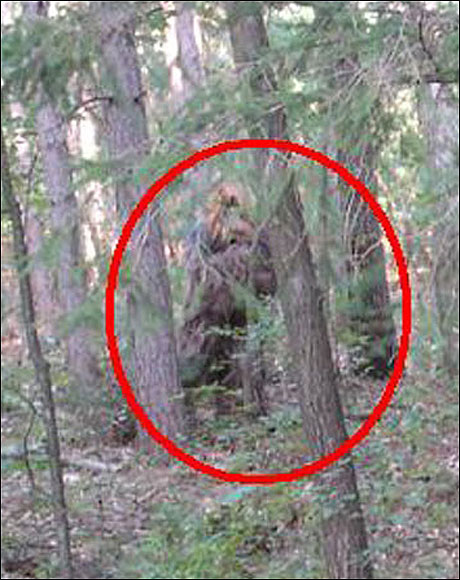The Bigfoot Field Researchers' Organization (BFRO) claims that the population of Bigfoot (sasquatches) in North America is approximately somewhere between 2,000 and 6,000 creatures. How this estimate was exactly calculated is not discussed, although the primary contributing factor appears to be the Observability Ratio. Relying on this tool for their calculation is a serious problem.
The Observability Ratio is a tool used when scientists are trying to estimate real-world populations of actual animals that actually exist. If an observer sees only 300 organisms of a particular species during one sampling period, and if the observability ratio is about 20-to-1, then it can be assumed that there are actually closer to 300 x 20 = 6,000 organisms in the area.
I'm no professional animal field researcher, but I can promise you that two major issues make using the Observability Ratio for estimating Bigfoot populations extremely questionable and not scientifically valid:
- Other actual physical supporting data should be used to corroborate the estimates (population estimates are almost never based solely on Observability Ratios, especially for creatures whose very existence is questionable).
- Skilled and trained observers should be used to provide precise counts (and usually professional observers are used rather than amateur observers, utilizing very specific visual criteria for identification). Indeed, most animal population estimates are apparently derived from capture-recapture data or other physical methods. We should not be relying on subjective unverifiable disorganized reports from the public, no matter how compelling the stories may sound, to estimate a population of cryptozoological mythical creatures.
If using Observability Ratios without supporting physical evidence were recommended, then we would have to seriously consider the widespread existence and large populations of not just Bigfoot, but also of ghosts, UFOs and aliens, the number of Nessies in Loch Ness, unicorns in North Korea, Santa Claus sightings by children, etc. As it is, the BFRO's Bigfoot estimates are almost certainly wild overestimates (or just plain meaningless). In any case, where's the good, solid supporting physical evidence for any of this?
Also consider that a population of 300 Bigfoots is estimated to be the absolute minimum number that must exist in order to keep up a stable breeding population. Any more level-headed, reasonable estimates that suggest populations less than 300 can effectively be counted as zero. Given some of my previous population analyses here and here, plus the fact that Bigfoot Observability Ratios are based on almost exclusively untrained amateur reports, plus the fact that Observability Ratios are unsupported by compelling physical evidence as corroboration for their numbers, taken in totality these points suggest Bigfoot isn't real, and the BFRO's population estimates of the creature are anything but scientific and probably wishful thinking.

No comments:
Post a Comment